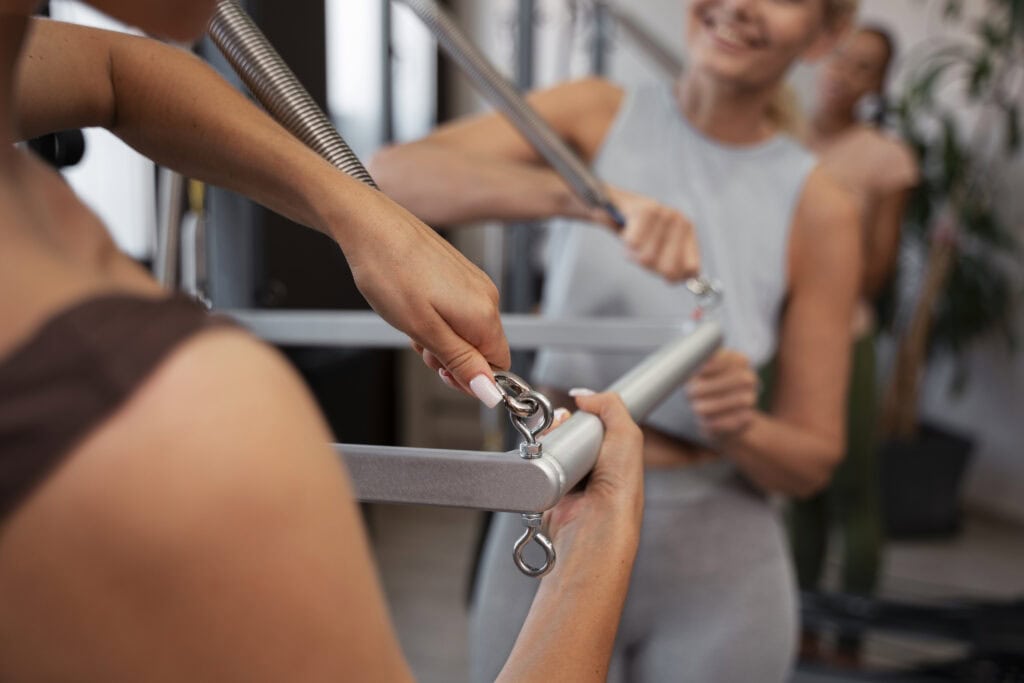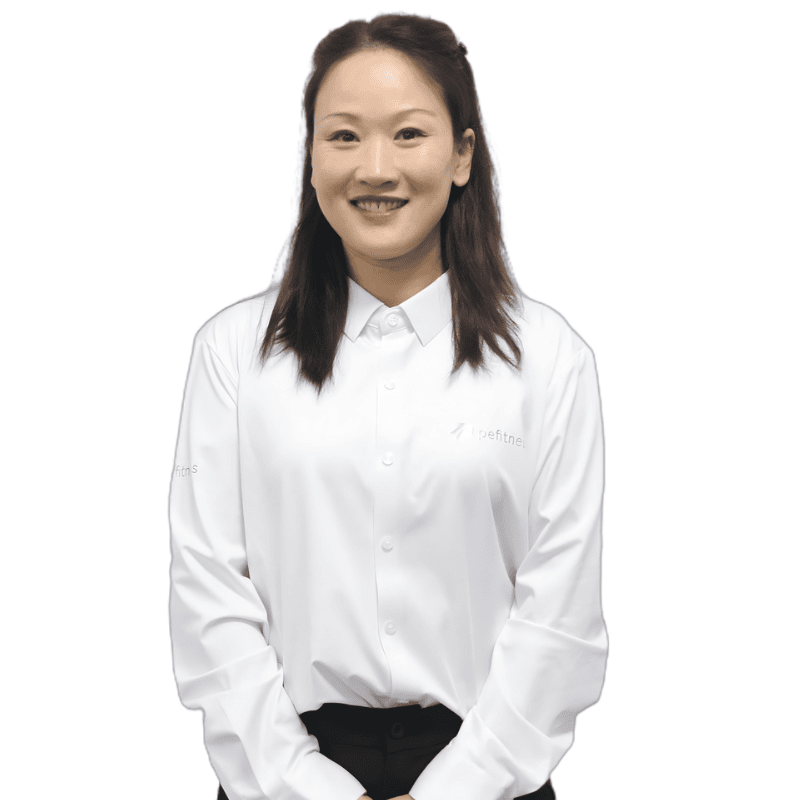Whether you run a busy Pilates studio or own a high-quality setup at home, keeping your equipment in top shape is critical for safety, performance, and longevity. Regular maintenance of your commercial Pilates equipment ensures a smooth experience for clients while reducing long-term costs. Even home Pilates equipment can benefit from simple, consistent upkeep to keep every workout smooth and secure.
In this guide, we’ll break down the essential maintenance practices every studio owner, trainer, and home user should follow.
1. Daily Cleaning for Hygiene and Functionality
Sweat, dust, and body oils can quickly accumulate on upholstery and moving parts, affecting both cleanliness and performance.
Tips:
Wipe down all surfaces after each session with a gentle, non-abrasive cleaner
Use a damp microfiber cloth—avoid soaking the upholstery
For shared studio equipment, disinfect hand grips, shoulder rests, and foot bars regularly
This is especially important for commercial Pilates equipment, which sees multiple users per day.
2. Weekly Inspection of Moving Components
Pilates reformers and towers rely on precision parts—like springs, wheels, and ropes—for safe operation. Wear and tear is inevitable, but early detection prevents breakdowns.
Inspect the following weekly:
Springs: Look for rust, stretching, or noise during use
Ropes and straps: Check for fraying or loss of elasticity
Carriage wheels: Ensure they roll smoothly and aren’t misaligned
Pulleys: Confirm they rotate cleanly and are free of dust buildup
These steps are especially important for commercial Pilates equipment, but also apply to serious home Pilates equipment users who train frequently.

3. Monthly Maintenance: Tighten, Lubricate, Test
Every month, take time for a more thorough tune-up. This improves longevity and keeps equipment operating like new.
Checklist:
Tighten all bolts and screws—especially around the frame and footbar
Lubricate wheel tracks or metal guide rails with silicone-based lubricant
Adjust ropes or straps to equal lengths
Test the reformer’s full range of motion and spring resistance
Studio owners may even set this as a fixed calendar task to ensure consistency across their fleet of machines.
4. Protect Upholstery and Wooden Frames
Proper care keeps your equipment looking professional and lasting longer.
Tips:
Avoid placing reformers near direct sunlight to prevent discoloration
Use upholstery-safe cleaners; never bleach
For wooden-framed reformers, apply furniture-grade polish every few months
Place rubber mats under machines to avoid floor scratches and reduce frame stress
This applies whether you’re managing home Pilates equipment or investing in elegant commercial Pilates equipment with premium finishes.
5. Know When to Replace Parts
Even with the best care, components wear out. Being proactive about part replacement ensures your sessions stay safe and smooth.
Common replacements:
Springs (typically every 12–24 months depending on usage)
Shoulder rests and footbars (if padding breaks down)
Straps and ropes (when elasticity is lost)
Wheels and pulleys (if wobbling or loud noises occur)
Keep a log for each machine to track replacements and schedule future checks.
Final Thoughts: Maintain Quality with PE Pilates Equipment
At PE Pilates, we design and manufacture premium commercial Pilates equipment and ergonomic home Pilates equipment built for durability and performance. But even the highest-quality machines need regular care to perform at their best.
Our reformers and Pilates gear are engineered with long-term use in mind—offering easy maintenance, robust construction, and spare part support to keep your setup running smoothly for years to come.
Looking for studio-ready equipment with lasting value? Visit pepilates.com to explore our full collection.
Quality begins with design—and lasts through maintenance.




